|
John Tyman's Cultures in Context Series AFRICAN HABITATS : FOREST, GRASSLAND AND SLUM Studies of the Maasai, the Luhya, and Nairobi's Urban Fringe |
|
|
|
|
|
John Tyman's Cultures in Context Series AFRICAN HABITATS : FOREST, GRASSLAND AND SLUM Studies of the Maasai, the Luhya, and Nairobi's Urban Fringe |
|
|
|
|
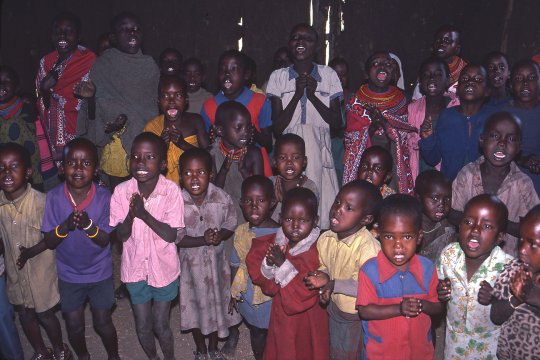 |
| 457. Many children returned to their classrooms at the weekend for Sunday School, when they sang loud choruses and listened to Bible stories. |
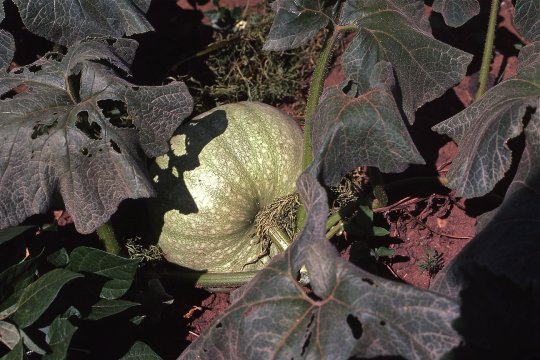 |
| 462. She planted other vegetables, too, watering them by hand during the drought. And as the health of her children visibly improved, other women followed her example. |
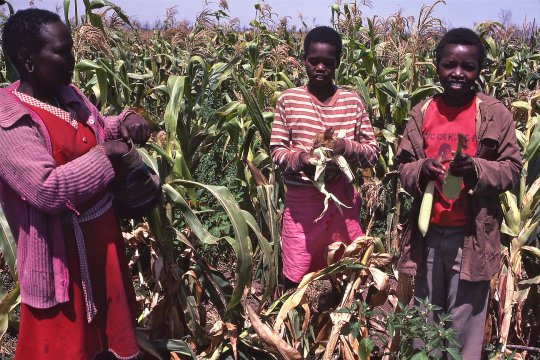 |
| 463. Anna’s sons helped with the harvest. At the time I stayed with them she had five sons and one married daughter. She also cared for her mother. They appear together in frame 407. |
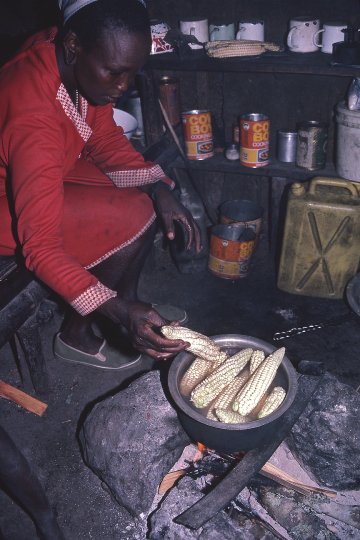 |
| 464. Some of her corn was cooked on the cob, boiled over the fire in her hut in water drawn from the creek. |
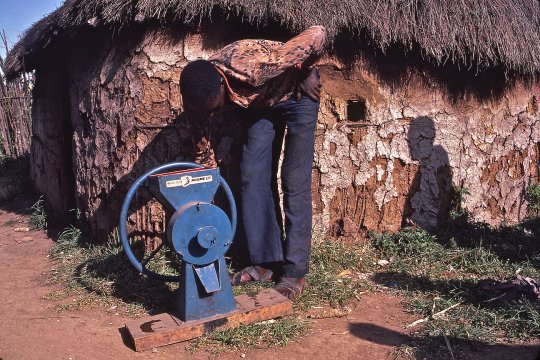 |
| 465. But Anna was also provided with a small mill so she could grind the rest. This allowed her to use corn in range of different meals. |
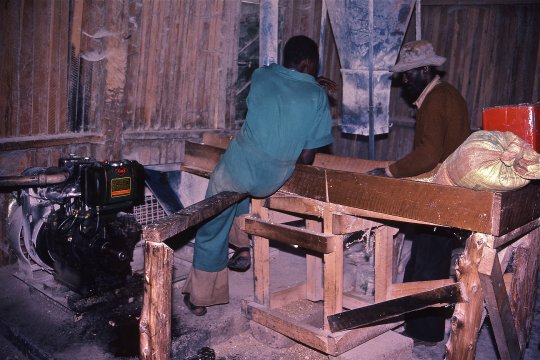 |
| 466. The other women took their grain to the Mission, where they had a bigger mill. It was ground to produce a coarse type of flour. |
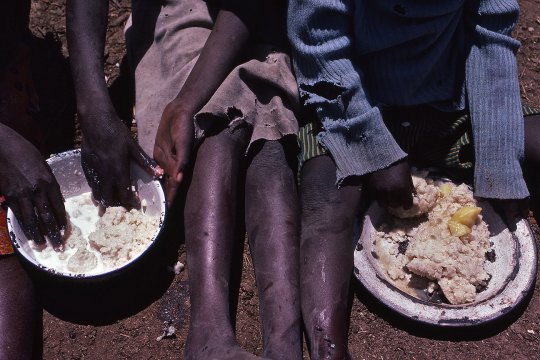 |
| 467. This is used to make a type of the starchy porridge known as uji, and the stiffer dough-like mixture (ugali), supplementing a diet previously dominated by milk. |
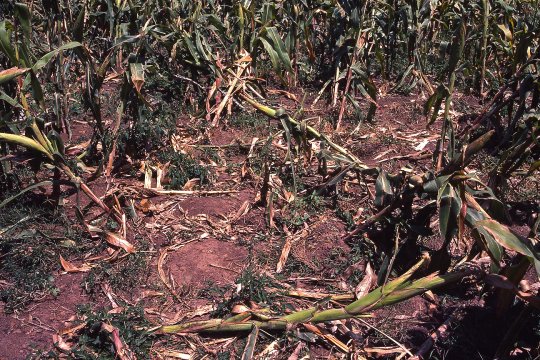 |
| 468. The only danger in growing corn is that it attracts wild animals. Elephants, as here, will trample crops: and baboons can tear a garden apart (and anyone who intervenes!) |

![]()
Text, photos and recordings
by John Tyman
Intended for Educational Use
Only.
Contact Dr. John Tyman at johntyman2@gmail.com
for more information regarding
licensing.
![]()
www.hillmanweb.com
Photo processing, Web page layout,
formatting and hosting by
William
Hillman ~ Brandon, Manitoba ~ Canada